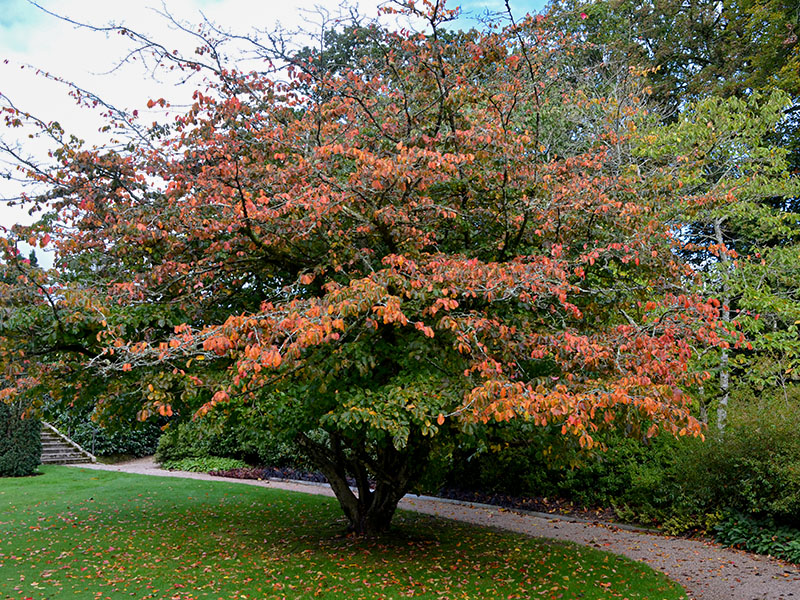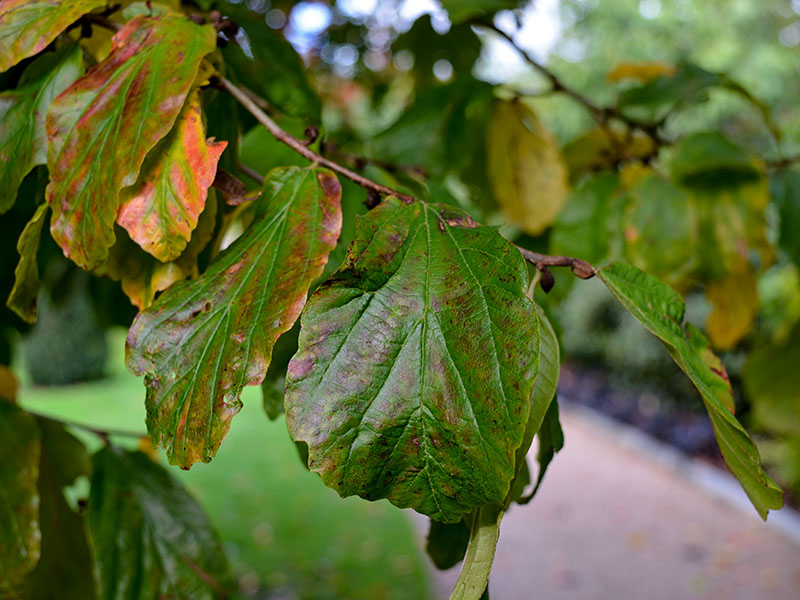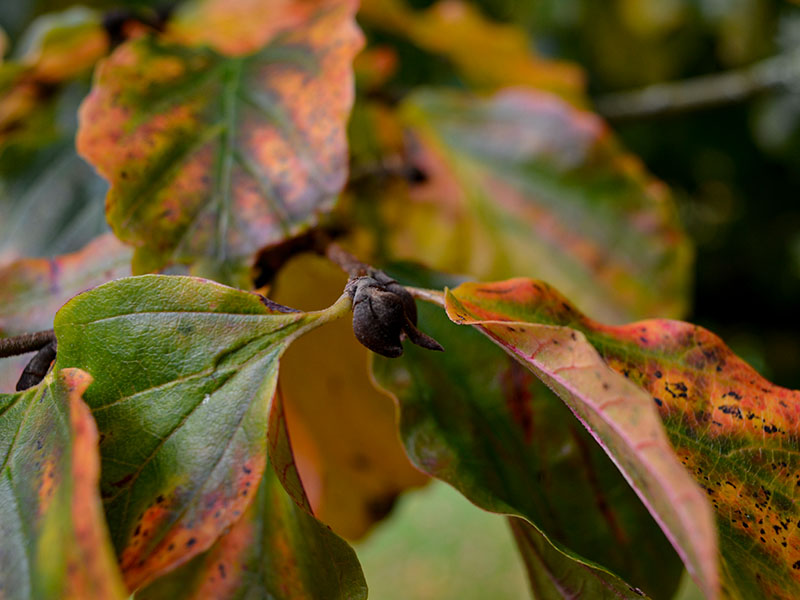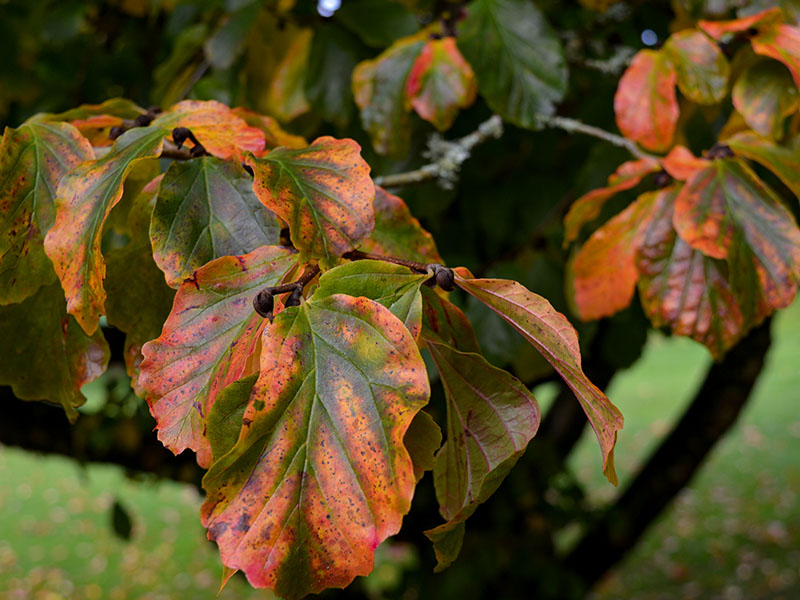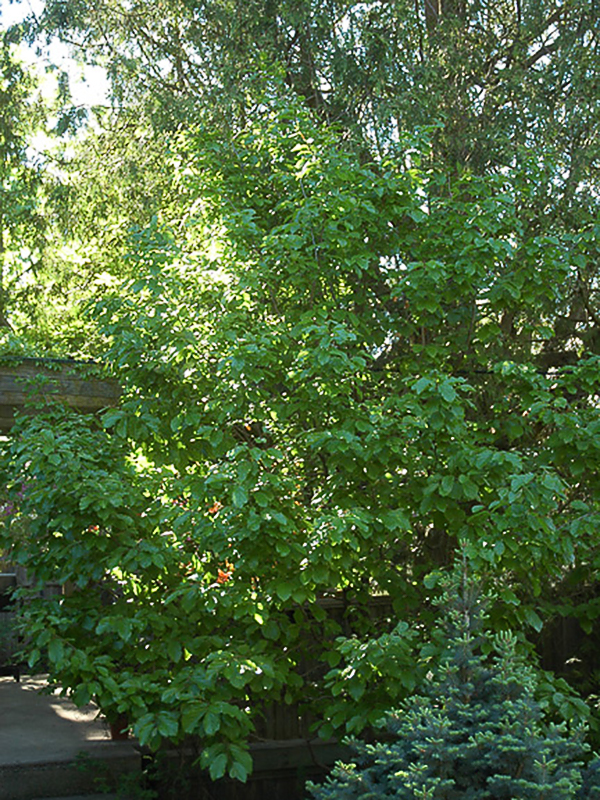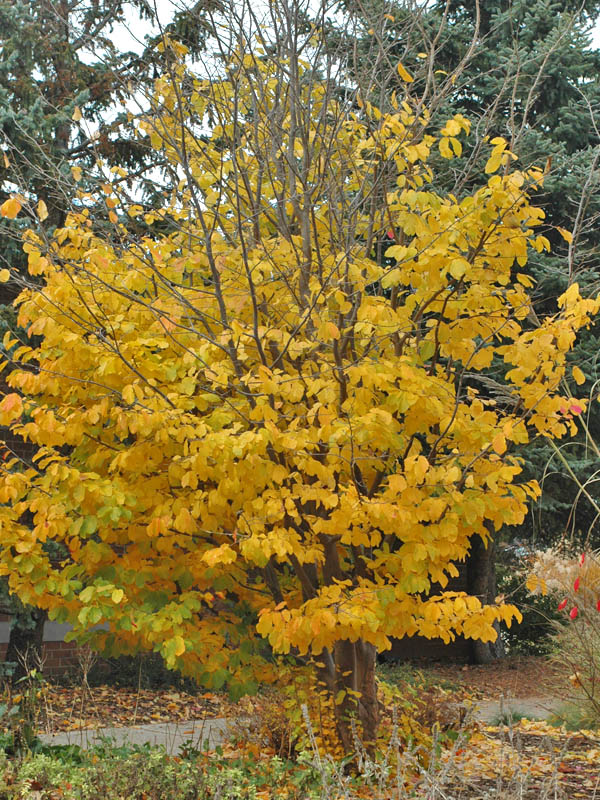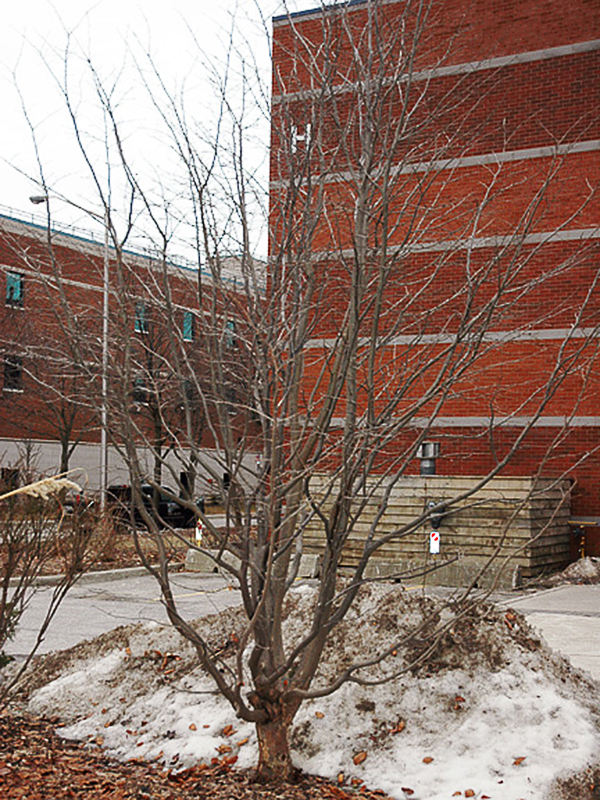
Woody > Parrotia > Parrotia persica > Parrotia persica
Parrotia persica
Persian Parrotia
Origin: Native to mountains of Iran (which was called Persia). The genus was named in memory of F.W. Parrot, a German scientist.
Mike's
Opinion


"
This is one of my top trees, great from, interesting bark, beautiful autumn colour and well behaved in character. Coming from the mountainous regions of Iran (once called Persia, hence the name) it is a tree that is very tough and thus requires little maintenance. That said a little judicious pruning to show off the brilliant peeling bark makes it just that much more attractive in the landscape.
Michael Pascoe, NDP., ODH., CLT., MSc. (Plant Conservation)
"
| Family |
| Hamamelidaceae |
| Genus |
| Parrotia |
| Species |
| persica |
| Category |
| Woody |
| Type |
| Tree (deciduous) |
| Pronunciation |
| USDA Hardiness Zone |
| 8 |
| Canadian Hardiness Zone |
| 7a |
| RHS Hardiness Zone |
| H5 - H7 |
| Temperature (°C) |
| -34 - (-9) |
| Temperature (°F) |
| -30 - 15 |
| Height |
| 6 - 12 m |
| Spread |
| 4 - 9 m |
Photographs
Description and Growing Information
Flowering Period
| General Description |
| A small to medium size tree, with smooth bark when young that exfoliates with age. A popular accent tree in the landscape and well suited to intense urban. |
| Landscape |
| It is a perfect choice for a small garden, restricted spaces or as a resilient street tree. An excellent looking tree all year round but definitely most eye catching in the autumn. It's a tree with good form, beautiful foliage, bark colour and pest resistance. |
| Cultivation |
| It does best and is most vibrant in autumn if planted in full sun, however it does tolerate light shade. Parrotia persica grows in almost any well drained, loamy, acid soil and does well in heavy clay but must be well drained. It is best planted in early spring in a sheltered location. |
| Shape |
| Small to medium sized tree with upright branching. |
| Growth |
| Medium |
| ID Characteristic |
| Vegetative buds are stalked and brown while the flower buds are rounded and brown- black . Showy, peeling bark on multi-trunked or single stems and red flowers before leaves appear, which are alternate, simple and deciduous are simple identification characteristics of this plant. The reddish-purple new growth turning dark green to yellow, orange and red in autumn is also a significant feature. |
| Pests |
| A pest free tree, though some cases of Japanese beetle have been reported in the United States. In the United Kingdom Phytophthora ramorum was reported on trees, this causes twig dieback and necrotic spots. |
| Habitat |
| Native to northern Iran in the Alborz mountains. |
| Bark/Stem Description |
| Bark on young trees is smooth grey reminiscent of the bark of beeches. As it matures, the bark peels and develops exfoliating grey, green, white, brown patches. |
| Flower/Leaf Bud Description |
| Larger terminal buds than the lateral buds, however the lateral buds are more elongated. The buds are 4 mm in diameter, brown to dark brown, black in the winter months. The vegetative buds are stalked and tomentose with 2 outer protective scales. |
| Leaf Description |
| The, strongly veined leaves are simple, alternate, 7-12 cm long, ovate to obovate, wavy toothed, dentate margin with a wedge-shaped base. They are dark green above, paler and slightly fuzzy below turning yellow to red in autumn with a variation of colours often displayed at the same time on the same leaf. |
| Flower Description |
| In late winter, prior to leaf emergence, 3-4 mm, ruby red flowers appear that lack petals; and look more like spider-like because of the clusters of ruby red stamens, these are found along the naked branches. |
| Fruit Description |
| A capsule containing two compartments with a seed in each. Capsules open to expose shiny brown seeds when mature. |
| Colour Description |
| In autumn the foliage produces a beautiful display of yellow-gold, orange, and deep reds, while during the summer months it is a rich green. |
| Texture Description |
| Medium to medium-fine in winter. |
| Notable Specimens |
| Brooklyn Botanical Gardens, Flushing, New York, United States of America. The Gardens of Fanshawe College, London, Ontario, Canada. Westonbirt, The National Arboretum, Tetbury, Gloucestershire, England. Lanhydrock Gardens, Cornwall, England. |
| Propagation |
| Propagated from seeds and cuttings. Over a period of several months seed requires cool and warm treatments. Cuttings are the easier route and should be taken in early summer, treated with rooting hormone, then rooted under mist. They should be potted on when the next season’s new growth has begun to emerge and grown on in the nursery through one winter before final placement in the garden. |
